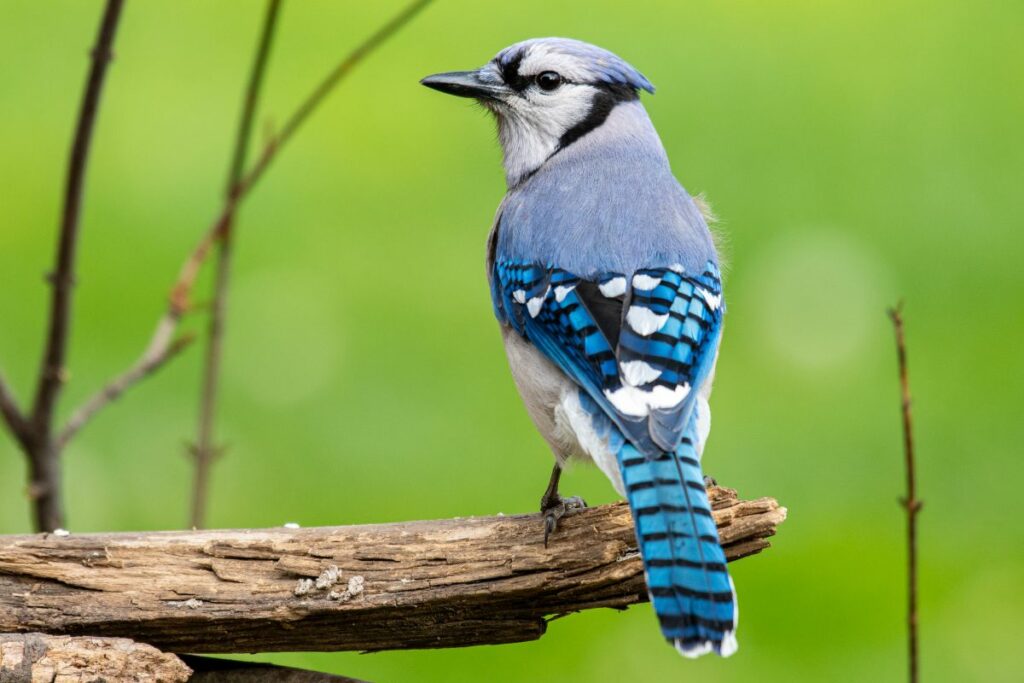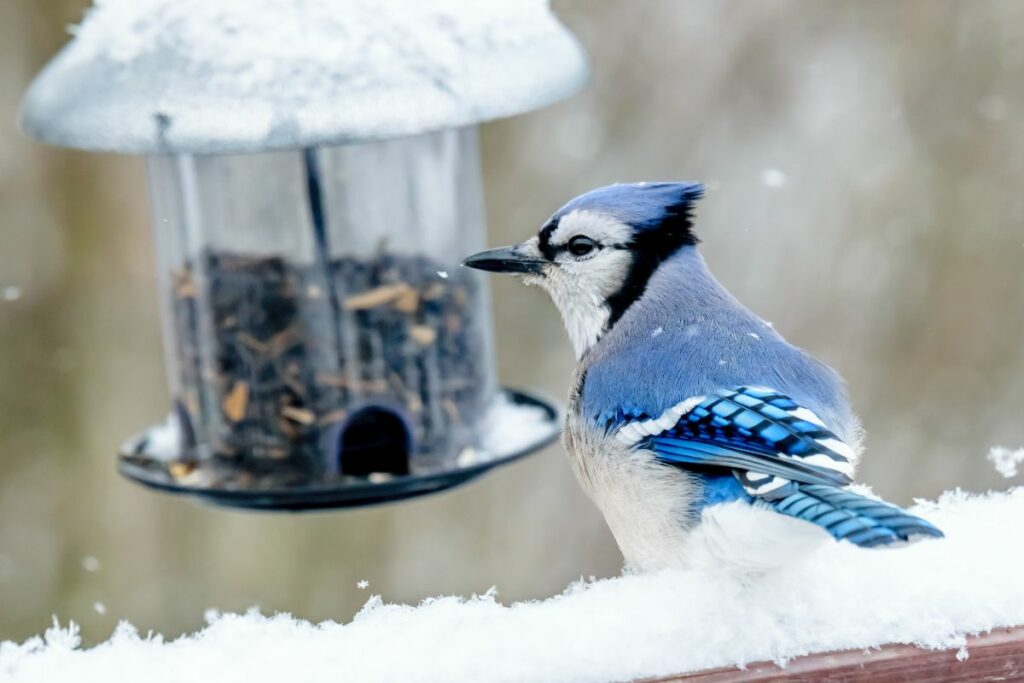Many homeowners take pleasure in attracting wildlife to their gardens, reveling in the sight of various bird species fluttering to and fro from their birdfeeders. Among the myriad of birds that might visit, the blue jay is one that stands out with its striking colors. Cloaked in various hues of blue, these birds are adorned with contrasting black and white stripes and a distinctive crest, creating a captivating visual for onlookers.
Despite their charming exterior, blue jays possess characteristics that might give one pause before rolling out the welcome mat for them. Their behavior is a stark contrast to their enchanting appearance, presenting a conundrum for nature enthusiasts. Understanding the dichotomy between their aesthetic appeal and their less agreeable traits is essential for any avid birdwatcher or casual observer of backyard wildlife.
Blue Jay Territorial Conduct and Its Impact on Avifauna
Blue jays exhibit dominant behavior that can result in other birds avoiding your garden. This species, part of the corvid family which is known for its intelligence, shares traits with crows, magpies, and ravens.
Their presence in your yard can lead to tension with other birds. These sharp-witted avians take control of territories and can unsettle or even endanger diverse bird populations that you may be trying to attract, such as cardinals.
- Blue Jay Traits:
- Intellectual capacity akin to their corvid relatives
- Protective of their chosen area
- Can intimidate and drive away smaller birds
The vocalizations of blue jays are unique and can be quite unsettling. Their calls are loud and harsh, and they possess the remarkable ability to emulate the calls of predatory birds, such as hawks, using this skill to frighten other perching birds.
Behavioral Notes:
- Blue jays’ calls can mimic predators, instilling fear in other birds.
- Territorial instinct prompts them to dominate bird feeders and nesting sites.
Occasionally, blue jays may engage in nest raiding, feeding on the eggs of other birds. While not a frequent habit, this behavior underscores their assertive nature.
Dealing with blue jays can be intricate due to their intelligence but understanding their behavior is the first step in addressing how they influence the avian hierarchy in your yard.
Strategies to Discourage Blue Jays from Visiting Birdfeeders
In order to make birdfeeders less appealing to blue jays, consider the following steps:
- Avoid Beech and Oak Trees: These trees are preferred by blue jays. If possible, choose different types of trees for your landscaping.
- Exclude Peanuts from Feeders: Instead of offering peanuts, opt for Nyjer seeds, which are more attractive to finch species and less appealing to blue jays.
- Use Specialized Feeders: Standard pest-proof feeders may not deter blue jays due to their intelligence. Look for feeders designed to resist both corvids and squirrels.
- Designate a Separate Feeding Zone: If you enjoy blue jays but want to keep them at a distance, set up a specific area in your yard with peanut-filled feeders and a water source. This will help to concentrate their activity away from other birds.
Implementing these tips can help maintain a balanced outdoor space where blue jays are less likely to overwhelm other avian species.




And red birds, too